Cyber Security
Cyber Security
Network and Perimeter Security
Network and perimeter security protects an organisation’s systems by blocking unauthorised access. It uses firewalls, antivirus, and monitoring tools to keep data safe from cyber threats.
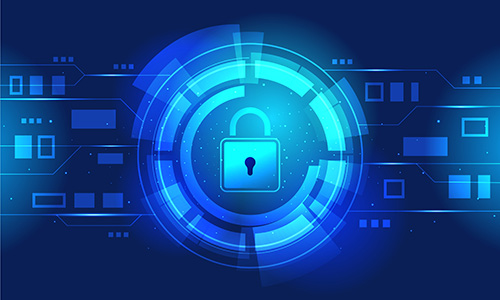
Next Gen Firewall (NGFW)
Protects on-site networks from attacks with features like Firewall, URL/App Filtering, Intrusion Prevention System (IPS), Anti-Bot, Antivirus, VPN, and Sandboxing.

Privileged Access Management (PAM)
Keeps passwords, devices, and access safe, giving organizations the visibility and control to lower risks, meet regulations, and improve performance.

Intrusion Prevention System (IPS)
It keeps watching the network for harmful activity and stops it by reporting, blocking, or removing it.

Email Security
Protects users from spam, fake links, scams, and harmful attachments.

SSL VPN
Helps users connect to the office network from anywhere.

Advance Threat Prevention (ATP)
A dedicated on-premise device that helps organizations protect against Zero-Day threats and advanced persistent threats.
Cyber Security
Cloud Security
Cloud security protects data, applications, and services stored online. It uses tools like encryption, firewalls, and access controls to prevent cyber threats. Strong cloud security ensures data stays safe, private, and accessible only to authorized users.
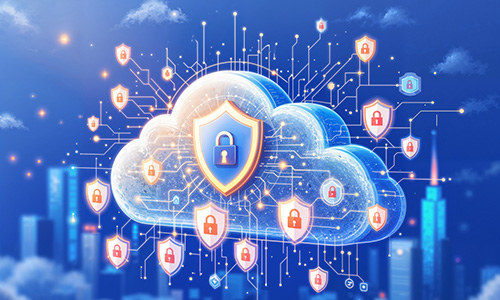
Cloud Firewall (NGFW)
Protects public cloud networks from attacks with features like Firewall, Website/App Filtering, Intrusion Prevention System (IPS), Anti-bot, Antivirus, VPN, and Sandboxing.

Container & Serverless Security
Container Security protects apps running in containers from possible threats by using security tools and rules. Serverless Security ensures the code is safe, with strict permissions and activity monitoring.

Cipher Trust Data Security Platform (CDP)
It is a complete set of security tools that help find, protect, and manage data - all in one platform.

Cloud Proxy
A cloud proxy is an online system that acts as a middle layer between a user and a website, app, or data center.
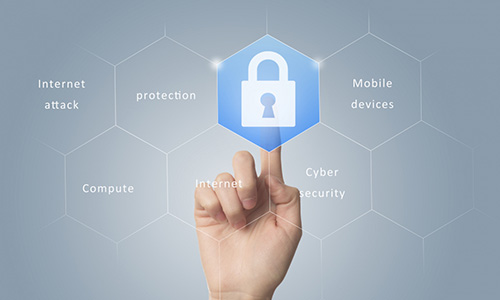
Zero Trust Network Access (ZTNA)
This set of technologies and features allows remote users to securely access internal applications.

Cloud Security Posture Management (CSPM)
Help companies find and fix risks with security checks and automated compliance tracking.
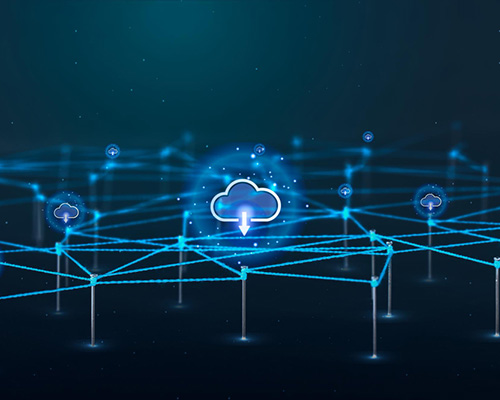
Secure Access Secure Edge (SASE)
It combines wide area networking (WAN) with network security services like CASB, FWaaS, and Zero Trust into one cloud-based service.
Cyber Security
Application Security
Application security protects apps from cyber attacks. It involves testing, encryption, and access controls to prevent data leaks and hacking. Secure apps keep user data safe, ensuring only authorized users can access information and use the app safely.
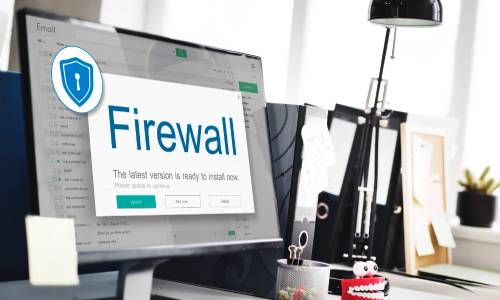
Web Application Firewall (WAF)
A web application firewall (WAF) protects websites by checking and filtering the data that travels between the website and the internet.

Dynamic Application Security Testing (DAST)
A dynamic app security testing (DAST) tool that finds weaknesses in live web apps and services.

Distributed Denial of Services (DDOS)
A DDoS attack is when someone tries to crash a server, service, or network by flooding it with too much internet traffic, making it hard for others to access.

Application Programming Interface (API) Security
API security means using methods and steps to protect an API (Application Programming Interface) from risks and security threats.

Static Application Security Testing (SAST)
Static Code Analyzer (SCA) checks an application's source code for security weaknesses. It uses different algorithms and a large set of secure coding rules to find possible vulnerabilities.
Cyber Security
Data Security
Data security protects digital information from unauthorized access, loss, or damage. It involves using passwords, encryption, and security software to keep data safe. Strong data security helps prevent hacking, data theft, and keeps sensitive information private.

Data Leak Prevention (DLP)
Detects possible data leaks and stops them by watching, identifying, and blocking sensitive information while it's being used, shared, or stored.
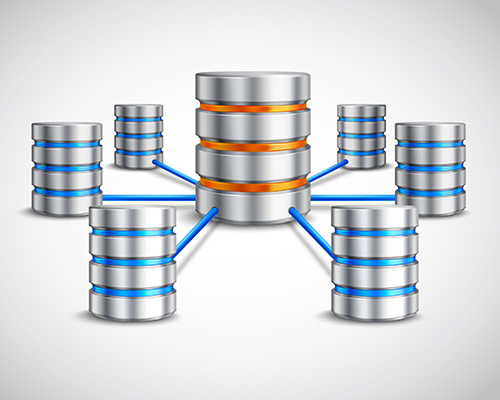
Database Activity Monitoring (DAM)
Database activity monitoring is a security technology that tracks and studies what happens in a database.

Encryption and Key Management
Encryption key management setts rules and processes to protect, store, organize, and share encryption keys.

Digital Rights Management (DRM)
Digital rights management (DRM) helps protect digital content from being copied or used without permission. It uses technology to control how copyrighted media and software are shared or accessed.

Hardware Security Module (HSM)
A hardware security module is a physical device that protects and manages digital keys. It helps with encrypting and decrypting data, creating digital signatures, verifying identity, and performing other security tasks.

Cipher Trust Data Security Platform (CDP)
It is a complete set of security tools that help find, protect, and manage data - all in one platform.
Cyber Security
Mobile Security
Mobile security protects smartphones and tablets from hackers, viruses, and data theft. It helps keep personal information, apps, and online activities safe. Strong passwords, app permissions, and regular updates improve security, keeping devices and data secure.

Mobile Threat Prevention (MTP)
It protects your company data by securing employees' mobile devices from all types of threats - apps, networks, and operating systems.
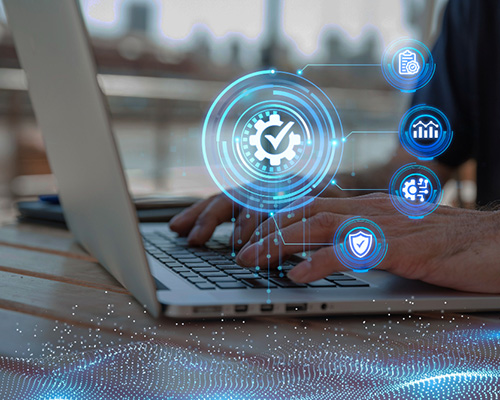
Mobile Device Management (MDM)
Helps IT teams automate, manage, and protect rules for laptops, smartphones, tablets, or any device connected to the organization's network.
Cyber Security
End Point Security
Endpoint security protects devices like laptops, phones, and tablets from cyber threats. It ensures only authorized users and safe software can access the network. This helps prevent data breaches, viruses, and unauthorized access, keeping sensitive information safe.

Endpoint Protection Platform (EPP)
An Endpoint Protection Platform (EPP) is software installed on devices to protect them from harmful files, spot suspicious activities, and help investigate and fix security issues in real time.
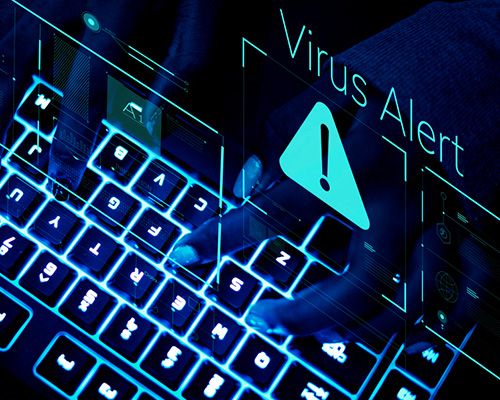
Endpoint Detection and Response (EDR)
Endpoint Detection and Response (EDR), also called Endpoint Threat Detection and Response (ETDR), is a security system that protects devices. It works by constantly watching device activity, collecting data, and automatically responding to threats based on set rules.
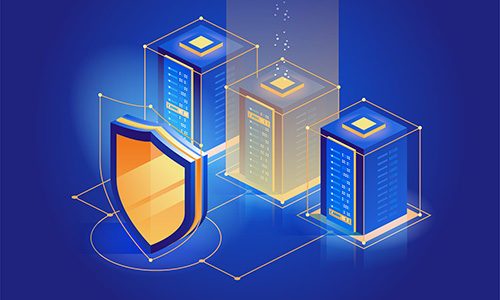
Extended Detection and Response (XDR)
XDR combines and improves threat detection and response across different security layers. It gives security teams a single view of the entire system, strong data analysis, and automatic actions across all technology tools.
Cyber Security
Security Operations
Security Operations (SecOps) involves monitoring, detecting, and responding to cyber threats. It protects systems, data, and networks from attacks. SecOps teams use tools and processes to prevent risks, ensure safety, and keep businesses running smoothly.

Security Policy Management (SPM)
The process of setting, applying, and managing rules that everyone must follow when using an organization's IT systems and resources.

Vulnerability Assessment (VA)
Enhances visibility and control across networks, different firewalls, SDN, hybrid, and public cloud systems.
Seamless IT Solutions for Growth
Empower your business with reliable, scalable, and future-ready technology.
